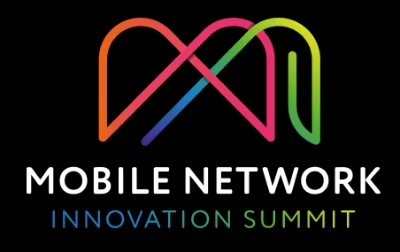As the 5G revolution gathers pace worldwide, NTN is poised to play a pivotal role in ensuring seamless coverage across the globe, particularly in remote and underserved regions.
In the past, satellite communications were primarily used for terrestrial network backhaul services. Over time, these capabilities have advanced into Narrowband Internet of Things (NB-IoT), providing wide-area connectivity for IoT devices. The introduction of 5G New Radio (NR) NTN represents a major leap forward, bringing satellite communications into the 5G smartphone ecosystem. This integration makes it possible to deliver mobile broadband and fixed wireless access services efficiently in even the most remote locations.
The development of NTN is guided by the 3GPP standards roadmap, a product of close collaboration between the mobile and satellite industries to ensure smooth integration of satellite communications into the global 5G framework. With the completion of Release 17, the foundation was laid for new radio-based satellite access, enabling enhanced 4G/5G connectivity for handheld devices and supporting massive IoT deployments across industries such as agriculture, logistics, and manufacturing.
NTN standards
Building on that, Releases 18 and 19 push the technology further by introducing regenerative payload capabilities, which improve satellite access performance and enable more reliable expansion of 5G coverage. Looking ahead, Release 20 will focus on further optimising satellite access and adding new capabilities to support a wider range of integrated 5G services.
The progression will continue with Release 21 and beyond, setting the stage for the arrival of 6G. These future releases will build on the momentum achieved so far, driving ongoing improvements in NTN performance and capabilities, and ensuring that satellite connectivity remains a core part of the global communications ecosystem.
As the industry looks ahead to Release 20, the focus will shift to greater optimisation of satellite access performance and enhanced support for new capabilities and services as part of the integrated 5G evolution. The culmination of these efforts in Release 21 and the anticipated developments in subsequent releases will define the future trajectory of 5G and beyond – paving the way for 6G technologies to build on the momentum and drive continued gains in NTN performance and capabilities.

New tech, old name
While Space X’s Starling, Amazon’s Project Kuiper, so-called “meme stock” AST Space Mobile and Lynk are all new names targeting the NTN opportunity, it is another older name in the LEO market, one that has seen its fair share of ups and downs, that thinks that it can leverage cellular NTN standards to capture meaningful revenues, and says it stands ready to do so.
That name is Iridium, which already has a thriving proprietary satellite IoT business and customers in the aviation, maritime, land, and government sectors. Over the past few years the company came to the end of a $3 billion refresh of its LEO satellite fleet, which covers the entirety of the globe via a constellation that it says will be in operation until 2035.
Two years ago the company was ready to push on with its proprietary satellite IoT business, looking to secure a deal to see its technology enabled in Qualcomm’s Snapdragon chips. Following a “shift in market dynamics”, to borrow a phrase from VP Brian Aziz, the company decided instead to “entrench itself in the standardised world”. That shift in dynamics was the decision of Qualcommm to not proceed, and instead to back the integration of cellular (3GPP) standards with Non-Terrestrial Networks which would enable devices and equipment with a cellular SIM to connect to a satellite network, either using spectrum owned by the satellite provider or by the provider’s MNO partners.
And so in 2024 Iridium announced Project Stardust, which would see the company adopt NTN NB-IoT standards as its technology of choice. In Aziz’s telling, the company’s contributions – or as Aziz puts it, “modifications that would allow MNOs and their users to roam onto our network” – were accepted in 3GPP within nine months.
A little later the company said that Nordic Semiconductor would be adopting its technology, integrating Iridium’s NTN Direct with its Nordic’s modules and chipsets. Further chipset companies are lined up, Aziz says, as are partnerships with mobile operators.
The company cannot share names on MNO partnerships, but Aziz said there are “several” very focused on partnerships with larger global MNOs that have a desire for both consumer and IoT.
MNOs will be in trials this summer (2025) and then the service will be fully launches in 2026, Aziz said. That would give Iridium a rival capability to LEO IoT startup Skylo, a company that Aziz clearly respects. Iridium sees its advantage as being both established and low risk, and in being able to provide global coverage.
“People see us as a stable, low risk satellite operator. We’re not a startup. We see ourselves as a true differentiated offering, but also a low risk offering for these very large global MNOs.”




